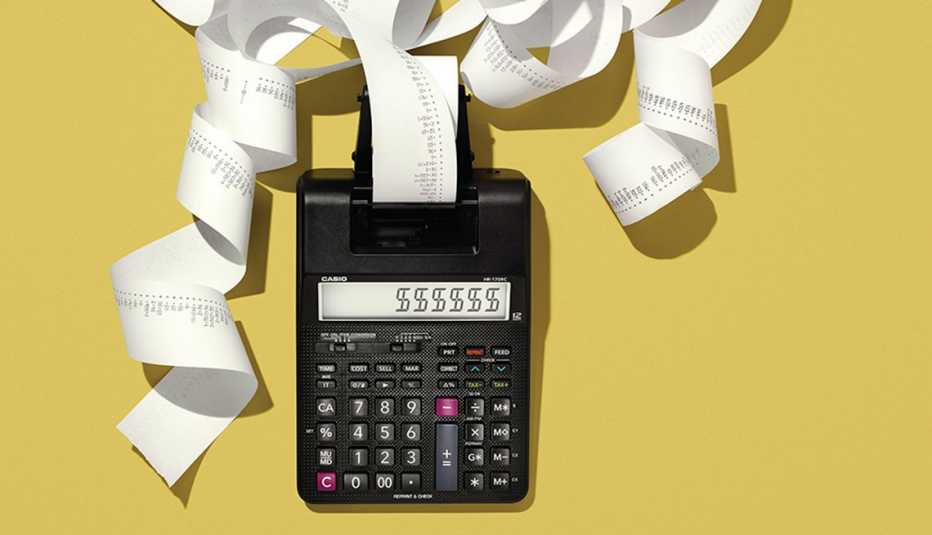AARP Hearing Center


One day this past spring, I took a walk through my neighborhood, where folks were outside enjoying a cool evening. One woman leaned against her car, looking at her phone and frowning; apparently, she was ticked at her husband. He’d emailed her a demand for 30 bucks, covering the gas tank she filled “on his card.” She explained that she pays for her personal expenses, including gassing the car to ferry their three kids. She used the wrong credit card and had to pony up.
I admit, as I listened, I felt judgey. I didn’t think that parsing gas bills is how long-term relationships work. I assumed that partners share expenses, and that reimbursements are what we get for expenses incurred at work.
Right?
Hmmm.
Then I judged myself. What do I know about how people handle their money? Probably there are as many ways to manage household finances as there are households.
Time for a little sleuthing.
This month, I interviewed an eclectic group of couples in long-term relationships. The pool wasn’t large enough to be what data scientists would call “statistically significant,” but I heard both common threads and generational differences.


You can subscribe here to AARP Experience Counts, a free e-newsletter published twice a month. If you have feedback or a story idea then please contact us here.
My interviewees, in descending age order: Margaret and Calvin (60s, married 35 years), Kerry and Vin (late 50s/early 60s, married 25 years), Candice and Dave (50s, married 29 years), Zach and Steph (both sides of 40, partners for a decade), and Emily and Tiffany (late 20s/early 30s, partners for eight years).
Earnings
All the couples saw earnings as a changing landscape. Income and earning capacities shifted dramatically if one person attended grad school or another took primary care of the children. Every partner said that disparate incomes did not bestow disparate clout.






























































More From AARP
5 Steps to Withdrawing From Your Retirement Accounts to Make Money Last
When it’s time to quit work for good, you need to know how to make your savings last
5 Money Mind Games to Get You on the Road to Saving Big
How to trick your brain to get the same dopamine rush from saving as you do from spending
Customer Service Hacks to Get You to a Real Human
Try these tricks to skip the endless phone directory maze